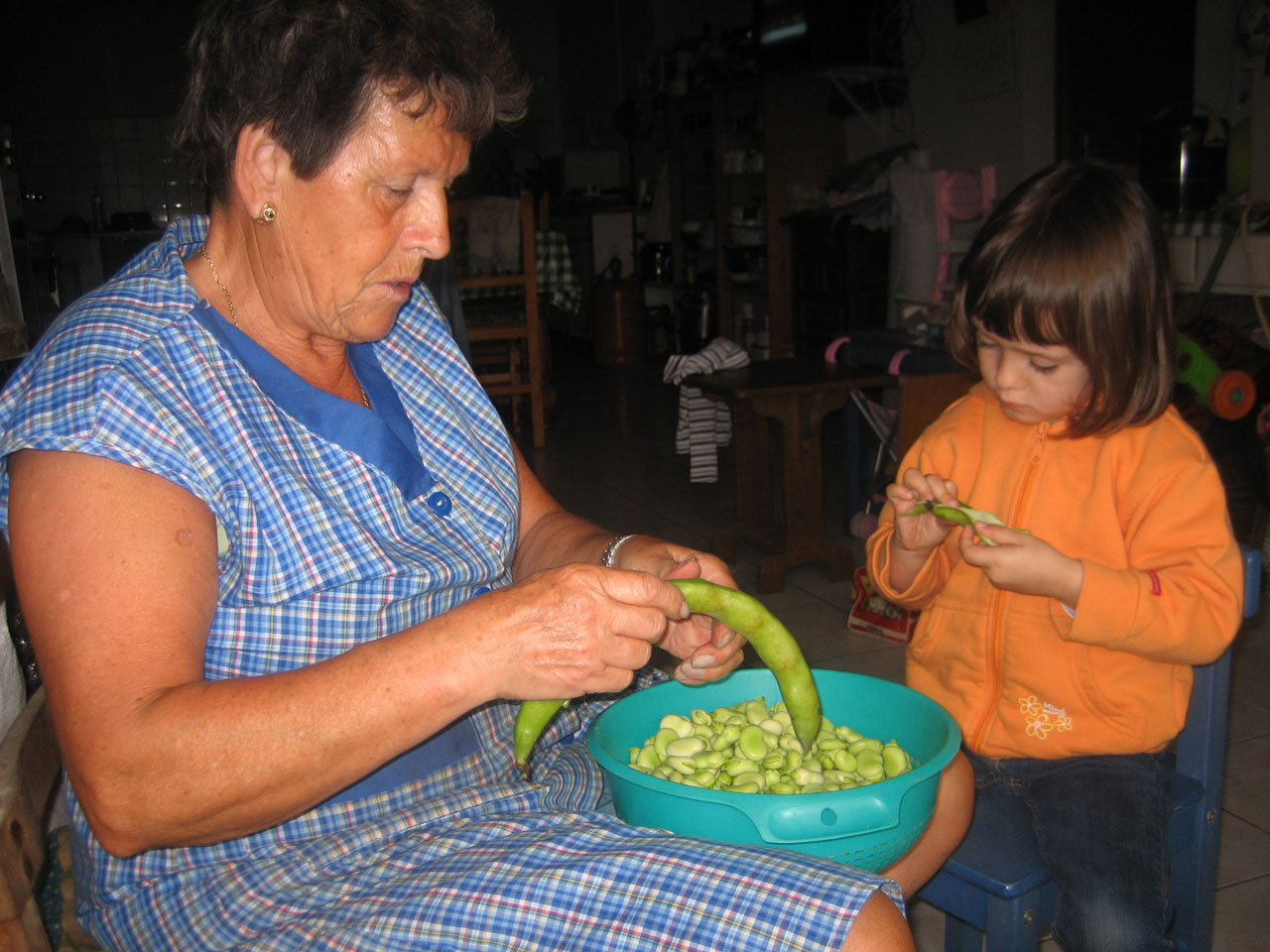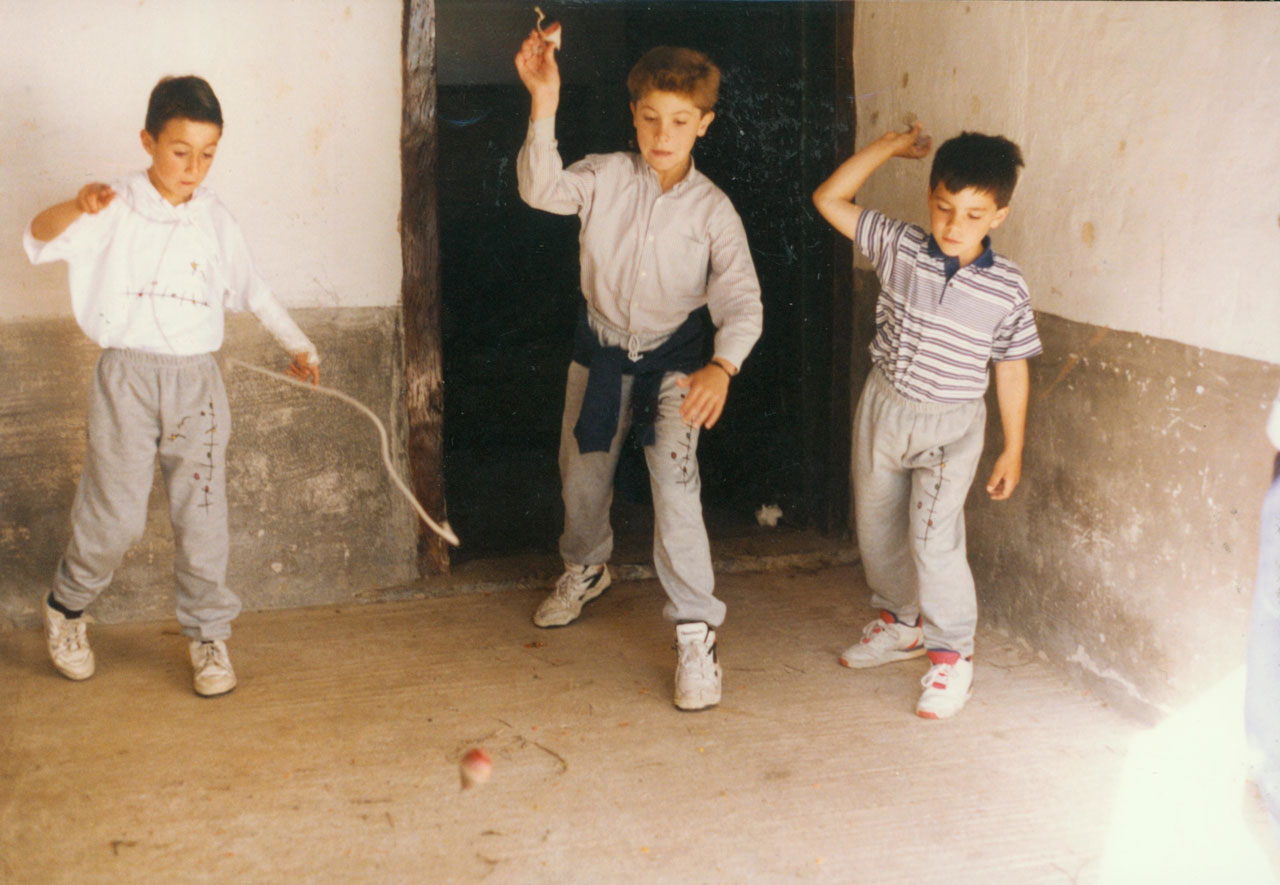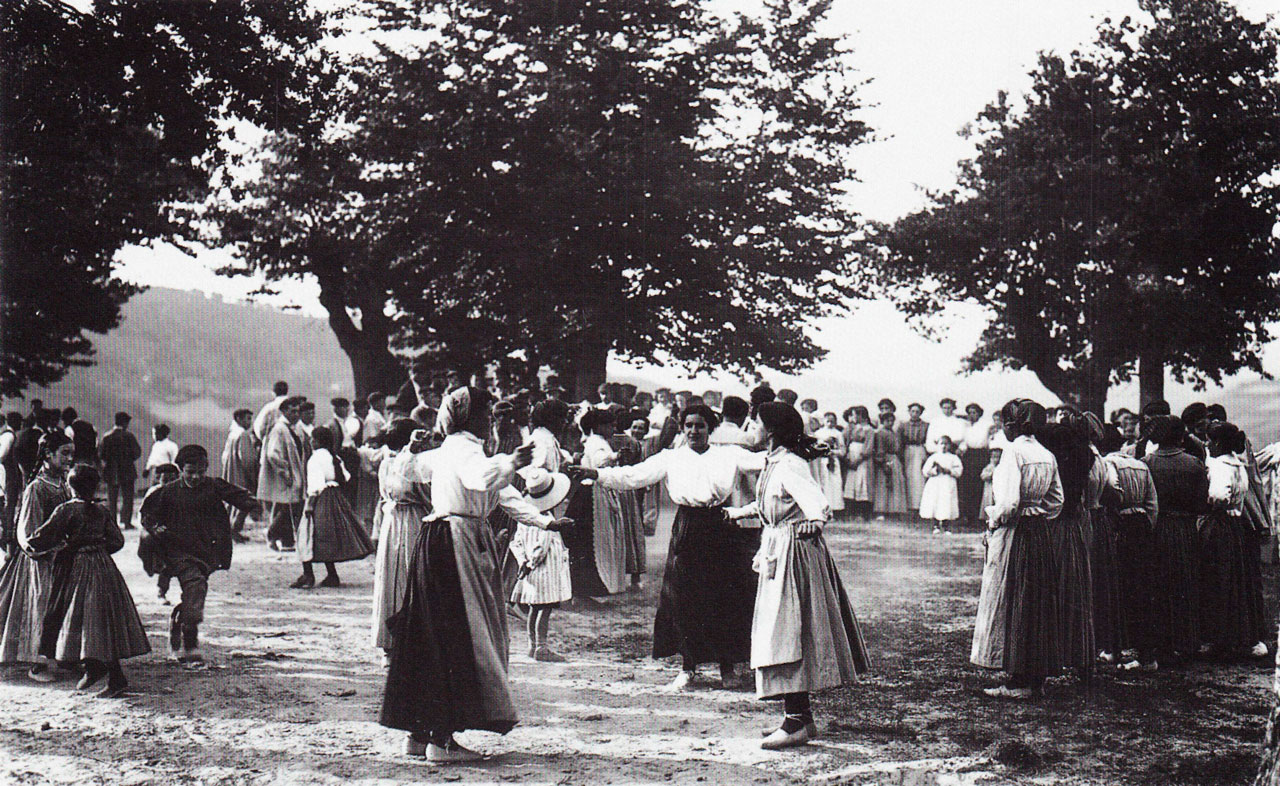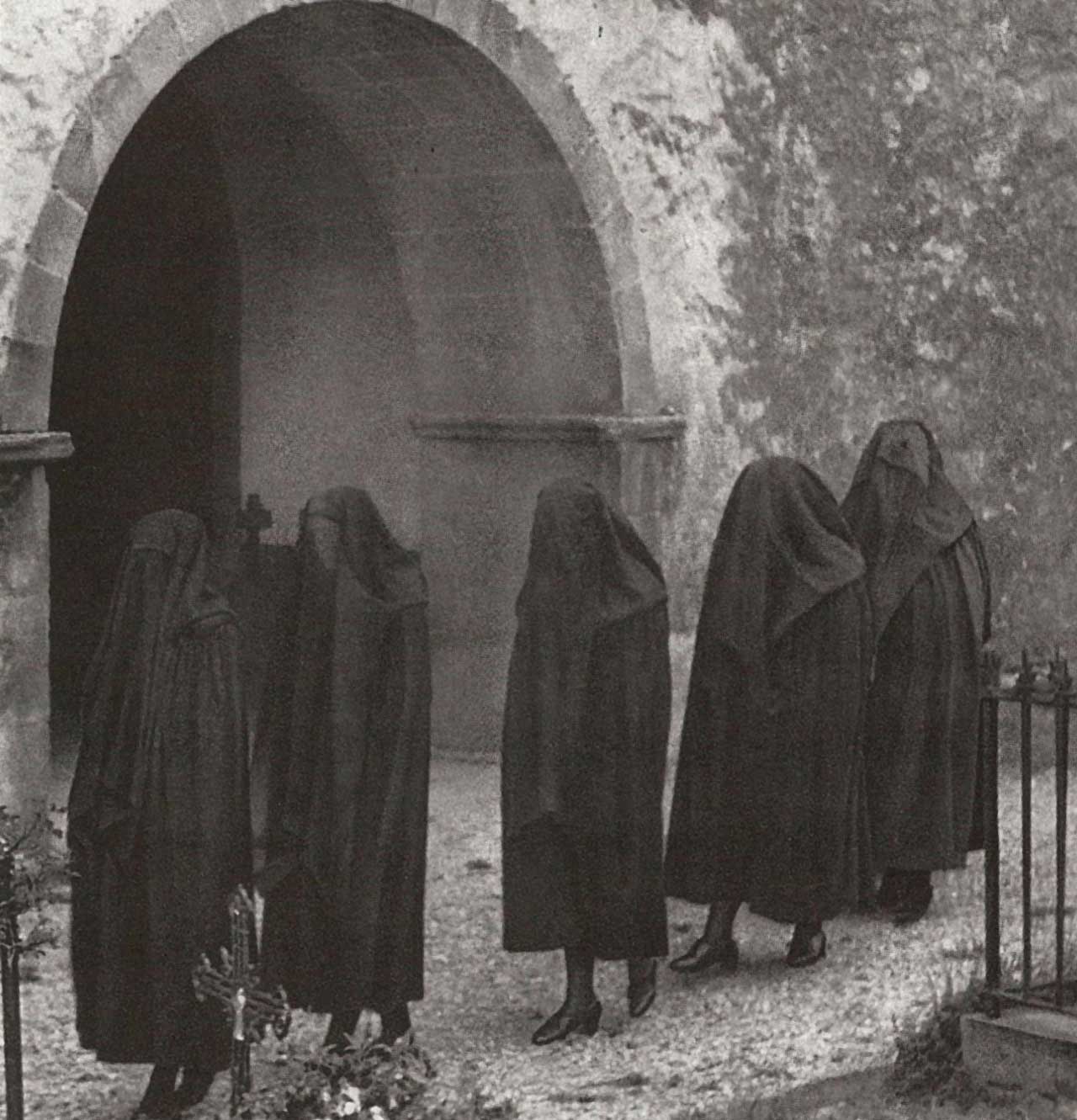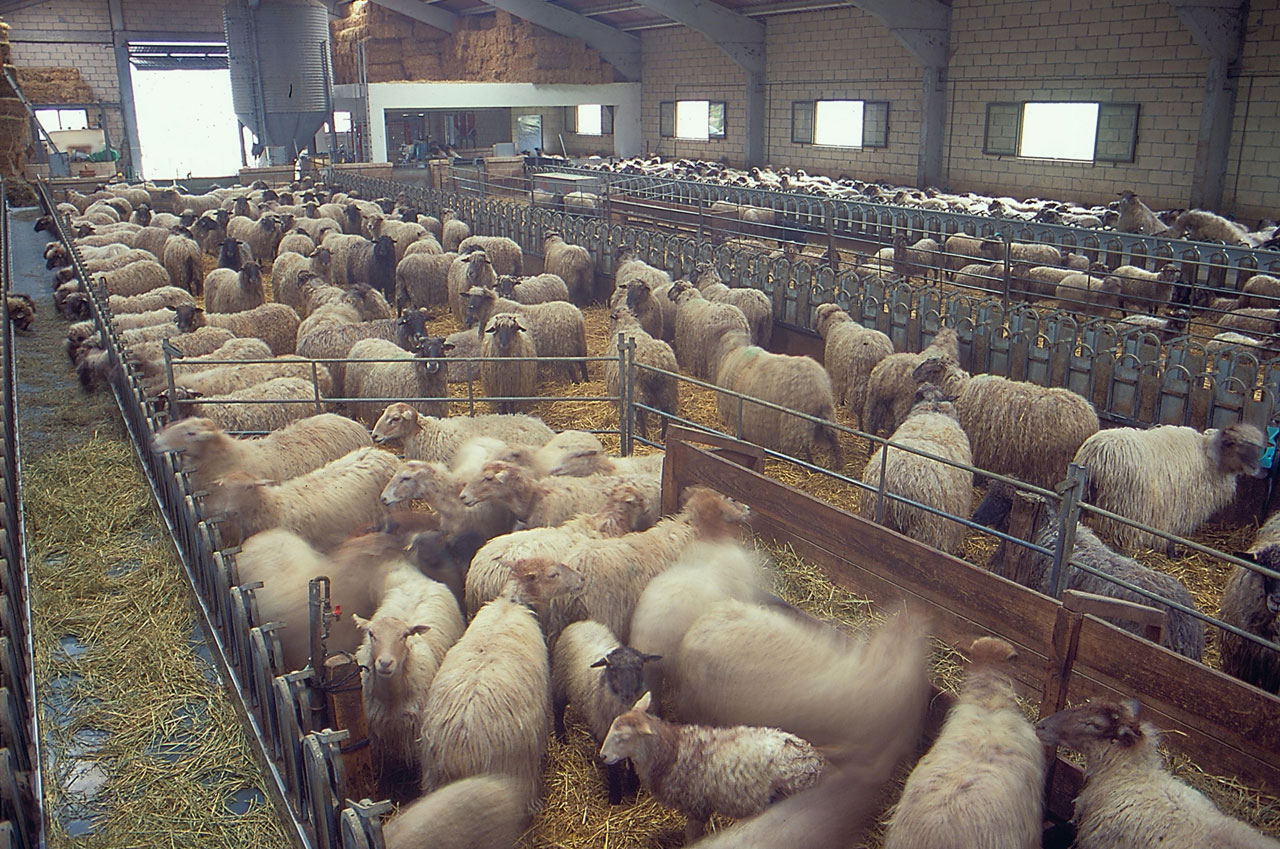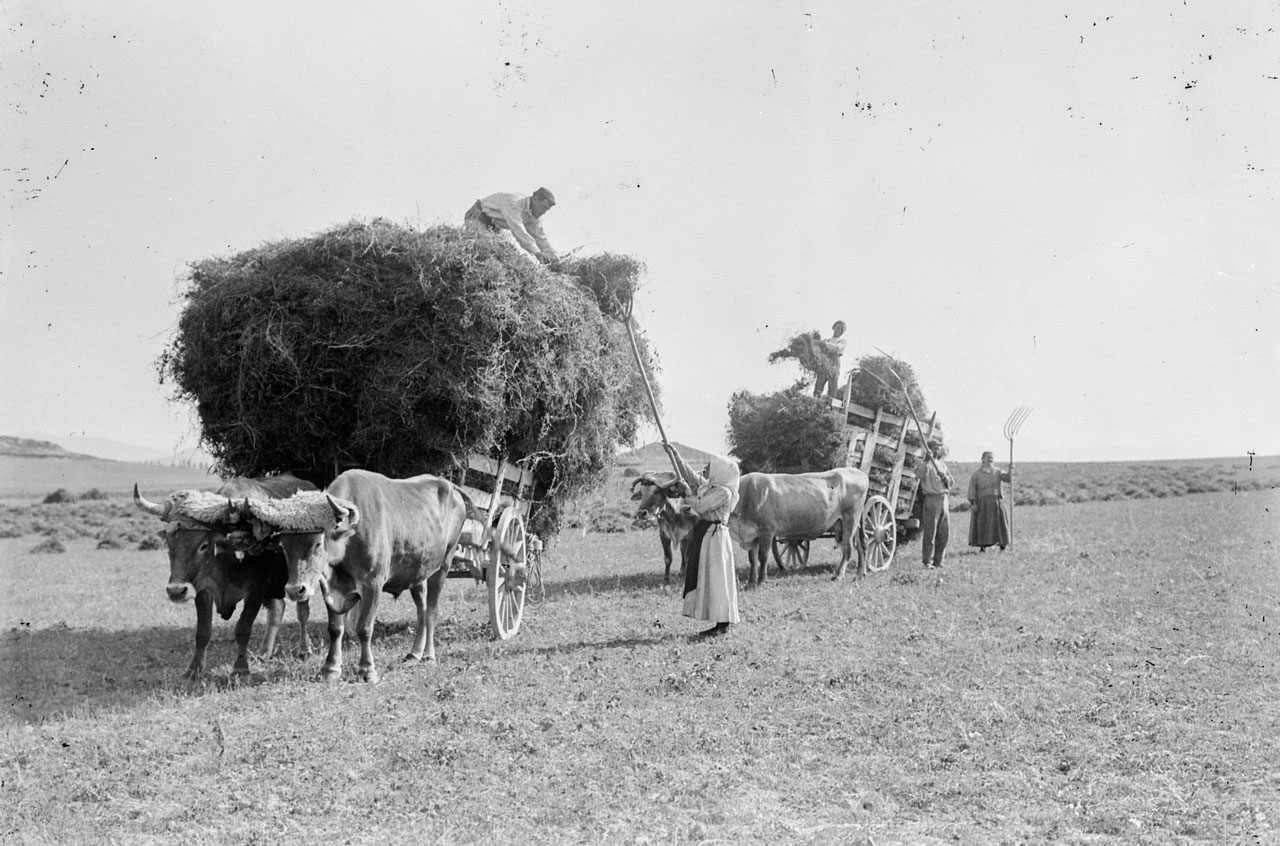Diferencia entre revisiones de «Main Page/en»
De Atlas Etnográfico de Vasconia
| Línea 180: | Línea 180: | ||
| − | ===[ritos| | + | ===[ritos|Funeral Rites in the Basque Country|/atlas/ritos.png|Cultural issues surrounding death as a rite of passage, including death omens, death throes and ritual practices after death.]=== |
| − | ====[Ritos_funerarios_en_vasconia | | + | ====[Ritos_funerarios_en_vasconia | Funeral Rites in the Basque Country]==== |
| − | ====[/atlas/ritos/Camino-al-cementerio-1950-Izurdiaga.jpg| | + | ====[/atlas/ritos/Camino-al-cementerio-1950-Izurdiaga.jpg|On the way to the cemetery, c. 1950. Izurdiaga (N). Source: Carmen Jusué, Etniker Euskalerria Groups.|Dying on a rainy day or if it rained after the death showed that the soul would be saved: ''gorputz ona, euritsu''.|]==== |
| − | ====[/atlas/ritos/Amortajamiento-con-traje-festivo-Amezketa-1959.jpg| | + | ====[/atlas/ritos/Amortajamiento-con-traje-festivo-Amezketa-1959.jpg|Shroud in a suit. Amezketa (G), 1959. Source: Antxon Aguirre, Etniker Euskalerria Groups.|A small group of neighbours would watch over the corpse in turns during the night and make sure that the light burning next to it did not go out.|]==== |
| − | ====[/atlas/ritos/Portadores-del-feretro-jasotzaileak-Amezketa.jpg| | + | ====[/atlas/ritos/Portadores-del-feretro-jasotzaileak-Amezketa.jpg|Coffin bearers. Amezketa (G). Source: Antxon Aguirre, Etniker Euskalerria Groups.|Death was an event that usually occurred in the neighbourhood, a fact that meant the home of the deceased played a leading role.|]==== |
====[/atlas/ritos/Adornando-las-sepulturas-para-el-dia-de-Todos-los-Santos-Bilbao-1990.jpg|Adornando las sepulturas para el día de Todos los Santos. Bilbao (B), 1990. Fuente: Archivo Fotográfico Labayru Fundazioa: José Ignacio García.|Entre otros presagios de muerte destacan los asociados con los comportamientos anómalos de algunos animales domésticos, fundamentalmente perros y gallos.||ENLACE]==== | ====[/atlas/ritos/Adornando-las-sepulturas-para-el-dia-de-Todos-los-Santos-Bilbao-1990.jpg|Adornando las sepulturas para el día de Todos los Santos. Bilbao (B), 1990. Fuente: Archivo Fotográfico Labayru Fundazioa: José Ignacio García.|Entre otros presagios de muerte destacan los asociados con los comportamientos anómalos de algunos animales domésticos, fundamentalmente perros y gallos.||ENLACE]==== | ||
Revisión del 12:42 27 ene 2020
Heir of the family. Zeanuri (B), c. 1920. Source: Labayru Fundazioa Photograhic Archive: Felipe Manterola Collection.
House and Family in the Basque Country


House and Family in the Basque Country
The widespread practice in the territories under charter law was for one of the children, either male or female, to continue with the family tradition of keeping up the farmstead and its belongings.
Family Diet in the Basque Country


Family Diet in the Basque Country
Beans and broad beans were the most widely grown legumes and were traditionally an important part of the diet.
Children’s Games in the Basque Country


Children’s Games in the Basque Country
Changes in the adult world are also necessarily reflected in the children’s world. It should not be forgotten that those changes also affect the world of beliefs, convictions and rites underlying many traditional games; many of which would be stripped of meaning, some would fall into disuse, others would persist and would adapt to the new circumstances.
Traditional Medicine in the Basque Country


Traditional Medicine in the Basque Country
No distinctions between beliefs and empirical cures in the traditional mindset.
Dancing during patronal celebrations. Zeanuri (B), 1922. Source: Labayru Fundazioa Photograhic Archive: Felipe Manterola Collection.
Rites from Birth to Marriage in the Basque Country


Rites from Birth to Marriage in the Basque Country
Young men and women would meet during the Sunday stroll, dances and pilgrimages.
Funeral Rites in the Basque Country


Funeral Rites in the Basque Country
La manifestación de duelo más evidente era el luto en la ropa.
Establo de ovejas moderno. Izurtza (B), 2000. Fuente: Archivo Fotográfico Labayru Fundazioa: José Ignacio García.
Ganaderia y pastoreo en Vasconia


Ganaderia y pastoreo en Vasconia
Las transformaciones que han tenido lugar en las últimas décadas han modificado radicalmente el mundo de la ganadería, de manera que ha dejado de ser un modo de vida para convertirse en una actividad económica.
Agricultura en Vasconia


Agricultura en Vasconia
Tanto la fuerza humana como la animal, hasta la introducción de la maquinaria moderna, han tenido una influencia decisiva en la forma de trabajar y en los cultivos.

